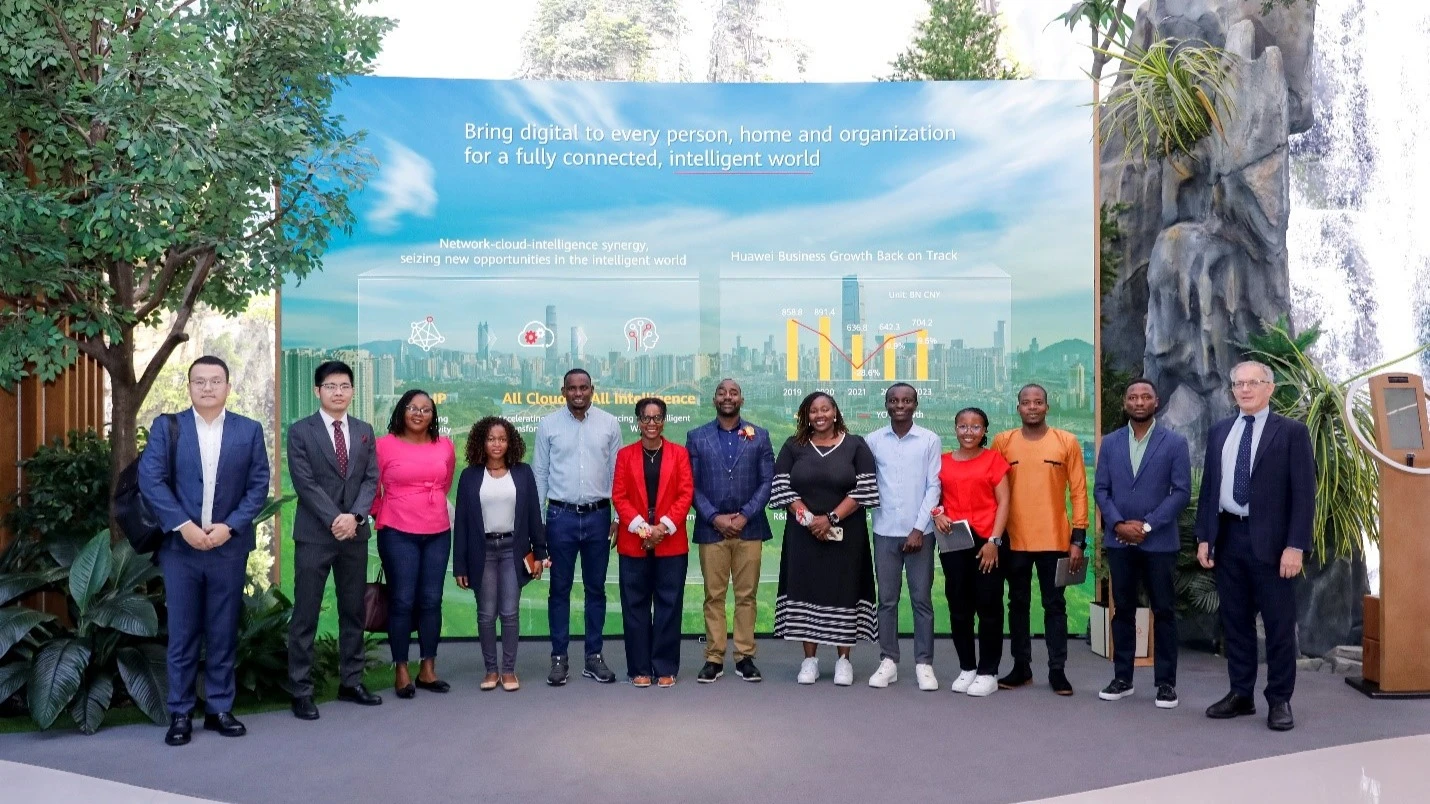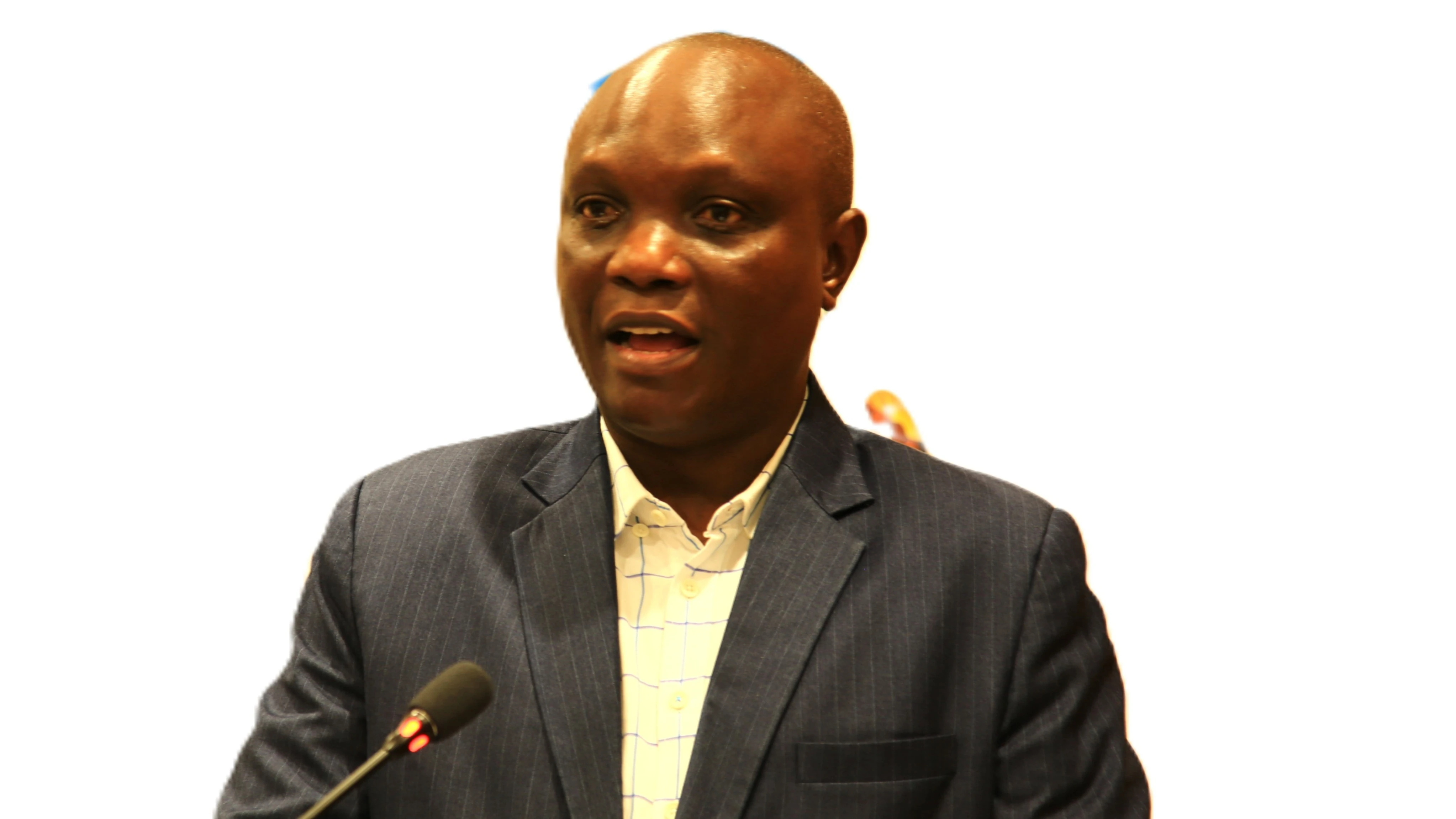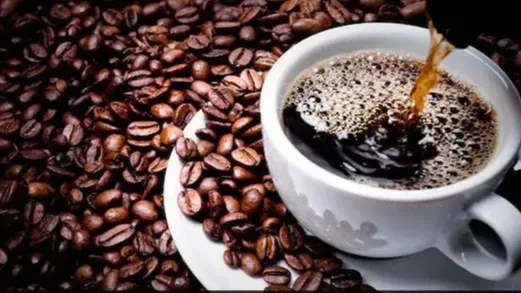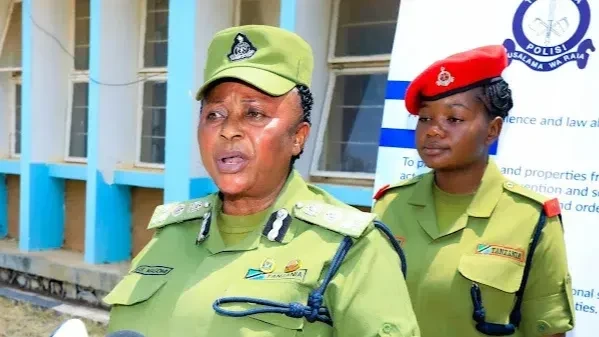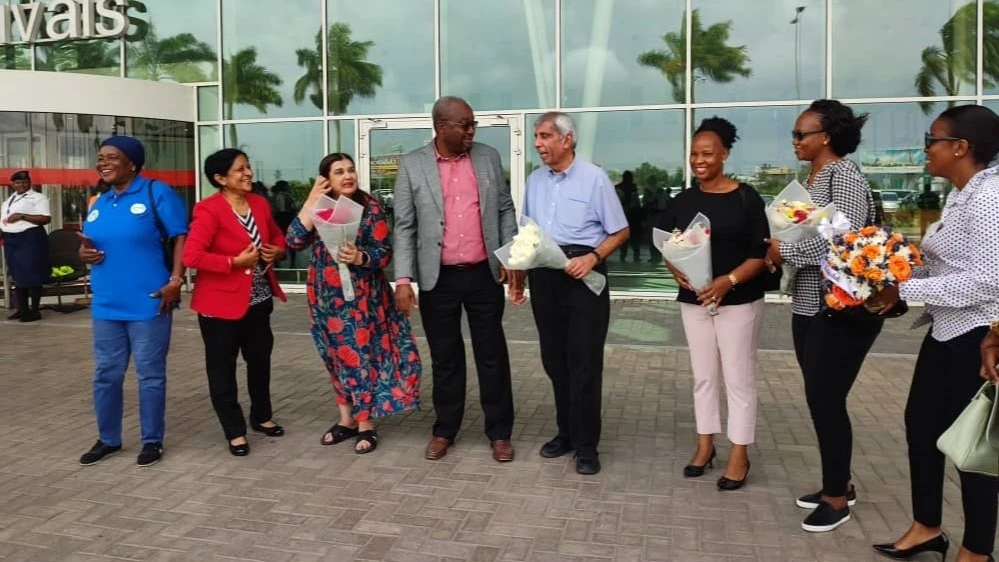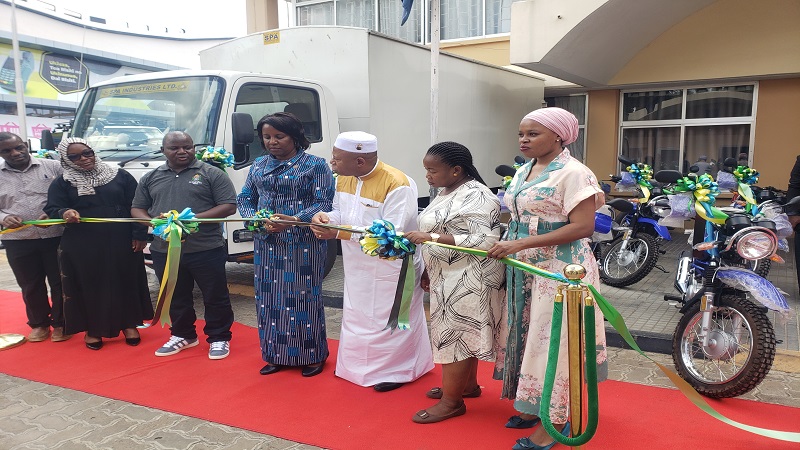SPECIAL REPORT: Green building technologies inevitable in addressing climate change effects -2
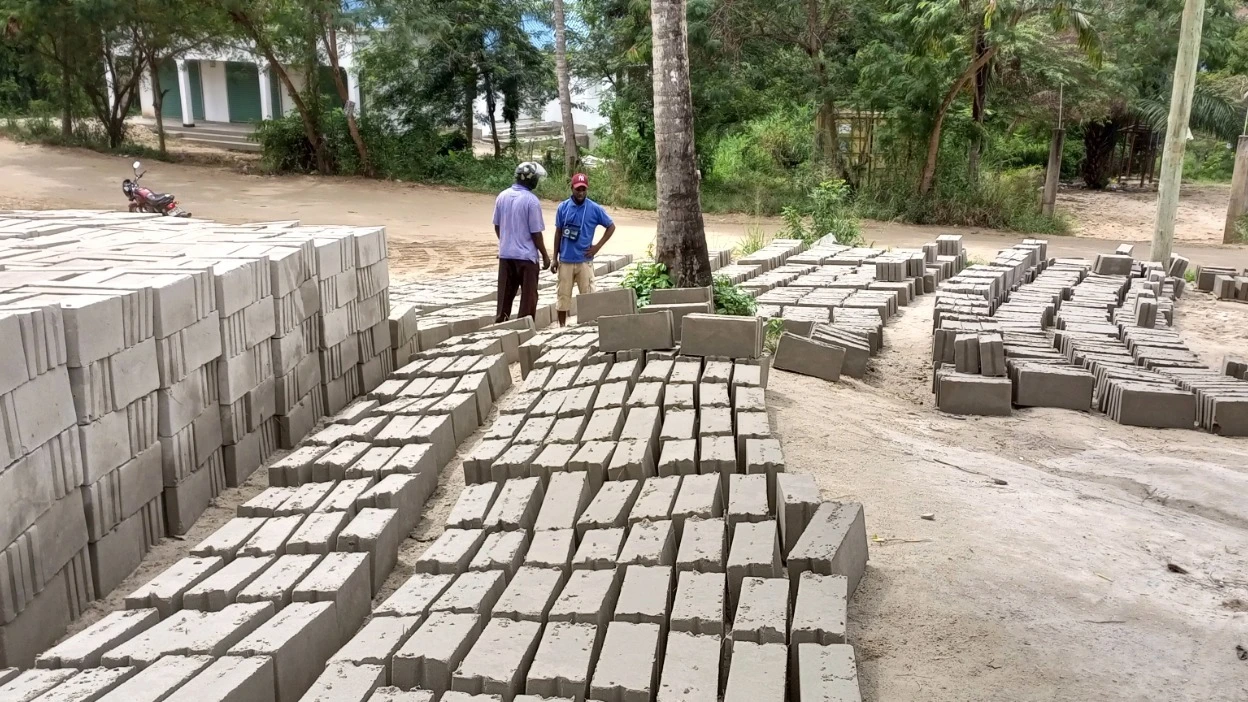
Tanzania requires an estimated investment of US$60 billion (161.95trn/-) to achieve its climate change mitigation goals, including reaching 100 percent green buildings, clean energy sources, and a green industrial sector by 2050.
Researchers suggest that for Tanzania to be safe from climate change implications resulting from concrete blocks manufacturing for building residential and commercial properties, a way forward should be embracing green building technologies which essentially are faced with policy and green-led programmes financing inadequacy.
According to a report dubbed: ‘Towards More Green Buildings in Tanzania: Knowledge of Stakeholders on Green Building Design Features, Triggers and Pathways for Uptake’, green building technologies have become essential since 55 percent of the world’s population live in cities, and the number is projected to rise to 10.4 billion (85 percent) in the mid-2080s as per the United Nations.
The April 2024 joint report by researchers from the Research Group ARCK Faculty of Architecture and Arts Belgium, the School of Architecture, Construction, Economics and Management at Ardhi University Dar es Salaam and the School of Engineering and Environmental Studies at Ardhi University, Dar es Salaam, suggests that Tanzania needs to bridge a financing gap of USD 60 billion for green building and energy sectors alongside revising its construction policies.
The study underlines that green buildings are essential for achieving Sustainable Development Goals (SDGs) on environment protection with regard to urban settlement development and in containing climate change-related implications.
“Green buildings help mitigate and reduce adverse climate change, increase the use of renewable energy, encourage the development of eco-cities and reduce environmental impacts arising from planning, construction and operations in the construction industry,” reads the joint report results.
According to the report, there are no clear government policies and regulations mandating the application of green building practices (GBP) for property development in Tanzania.
It states that the Tanzania Construction Industry Policy 2003 was the first to acknowledge that there are a number of activities in the construction industry that are not environmentally green or sustainable, and that there is a lack of awareness and technological know-how regarding the green building practices.
The report examined the level of awareness of green building practices (GBP) among the stakeholders sampled from the construction sector.
It states that in a response to the level of awareness, 50 percent of interviewed stakeholders considered themselves moderately aware of green building practices, 33 percent called themselves very aware while the remaining percentage were not aware.
The report quotes the Tanzania Green Building Council (TZGBC) which states that the first erected green building in Dar es Salaam’s central business district was the National Housing Corporation (NHC) Kambarage Building, a government-owned building, which was certified by BCA Green Mark in 2014.
The TZGBC put the Luminary building (GL), a privately-owned office building certified by LEED V4.1 BD +C; Core and Shell from the USA as the second green building.
It asserts that the property is the first LEED gold certified green building in Tanzania, recognized in 2016 under the categories of shell and core.
The TZGBC features in its list the Hotel Verde Zanzibar which received a five Star Rating South African Excellence, accredited in March 2019, as the first green hotel as built certified by Green Star South Africa; the hotel uses numerous green technologies to encourage sustainable tourism.
However, the report further pointed out that professional legislation, such as the Architects and Quantity Surveyors Registration Act No.4 of 2010, the Engineers Registration Acts No 15 of 1997, and the Contractor Registration Acts of 1997, do not offer adequate guidelines for green building practices.
“As such, these existing laws do not provide clear mandates to create tangible instruments for green building practices in the country,” reads part of the report.
The way forward suggested in the report is for the local government authorities or municipal councils, as responsible stakeholders in the construction sector, to include a green building checklist strategy that incorporates both local and international green building standards.
The idea can be achieved by featuring construction perspectives such as water efficiency, energy efficiency, and use of green building materials, during the design and construction approval process.
“This approach can be implemented to comply with local governmental rules to obtain building permits and certificates of occupancy, hence facilitating the adoption of green building practices,” read the joint report results.
This journalist has learned that the Tanzania’s Nationally Determined Contribution (NDC) commitment document of July 2021 by the Vice President’s Office (Union and Environment) supported by the United Nations Framework Convention on Climate Change (UNFCCC) provides a set of interventions on adaptation and mitigation, which are expected to build country resilience to the impacts of climate change and contribute to the global effort of reducing greenhouse gases (GHG) emission.
The NDC commitment is in line with Article 4 of the Paris Agreement on climate change, which establishes a two degree Celsius above pre-industrial levels and pursuing efforts to limit the temperature to 1.5 degree Celsius. Also, it builds on the Tanzania National Climate Change Response Strategy 2021-2026.
The NDC commitment highlights that Tanzania will reduce greenhouse gas emissions economy-wide between 30 and 35 percent relative to the Business-As-Usual (BAU) scenario by 2030, whereby about 138 to 153 million tons of Carbon dioxide equivalent (MtCO2e)-gross emissions is expected to be reduced, depending on the baseline efficiency improvements, consistent with its sustainable development agenda.
“Tanzania contributed an estimated 0.31 percent of global greenhouse emissions in 2019. As of 2020 the country emitted 0.18 metric tons of C02 per capita, a slight decrease from the previous year’s 0.21 metric tons,” reads part of the commitment document.
According to the Future Climate for Africa 2017 forecast the most recent projections for climate change future warming is estimated at the range of 0.8°C to 1.8°C by the 2040s, evenly distributed across Tanzania.
Warming until 2090 is projected in the range of 1.6°C to 5.0°C depending on the level of greenhouse gases in the atmosphere.
The Economics of Climate Change Report for Tanzania 2011 provides indicative costs for enhancing adaptive capacity and long-term resilience in Tanzania.
It is estimated in the report that the cost for addressing climate change implications might hit USD1 billion per year come 2030.
The net economic costs of addressing climate change impacts is estimated to be equivalent to between one and two percent of the country’s gross domestic product (GDP) per year by 2030.
The Global Biodiversity Framework, adopted in 2022, aims to halt and reverse nature loss by 2030. It calls for participation by all stakeholders, including businesses and financial institutions.
It puts emphasis on businesses to understand their specific interactions with nature within their sectors. The initiative is the collaboration with Business for Nature and the World Business Council for Sustainable Development, offering sector-specific guidance for 12 global industries.
To be continued
Top Headlines
© 2025 IPPMEDIA.COM. ALL RIGHTS RESERVED


